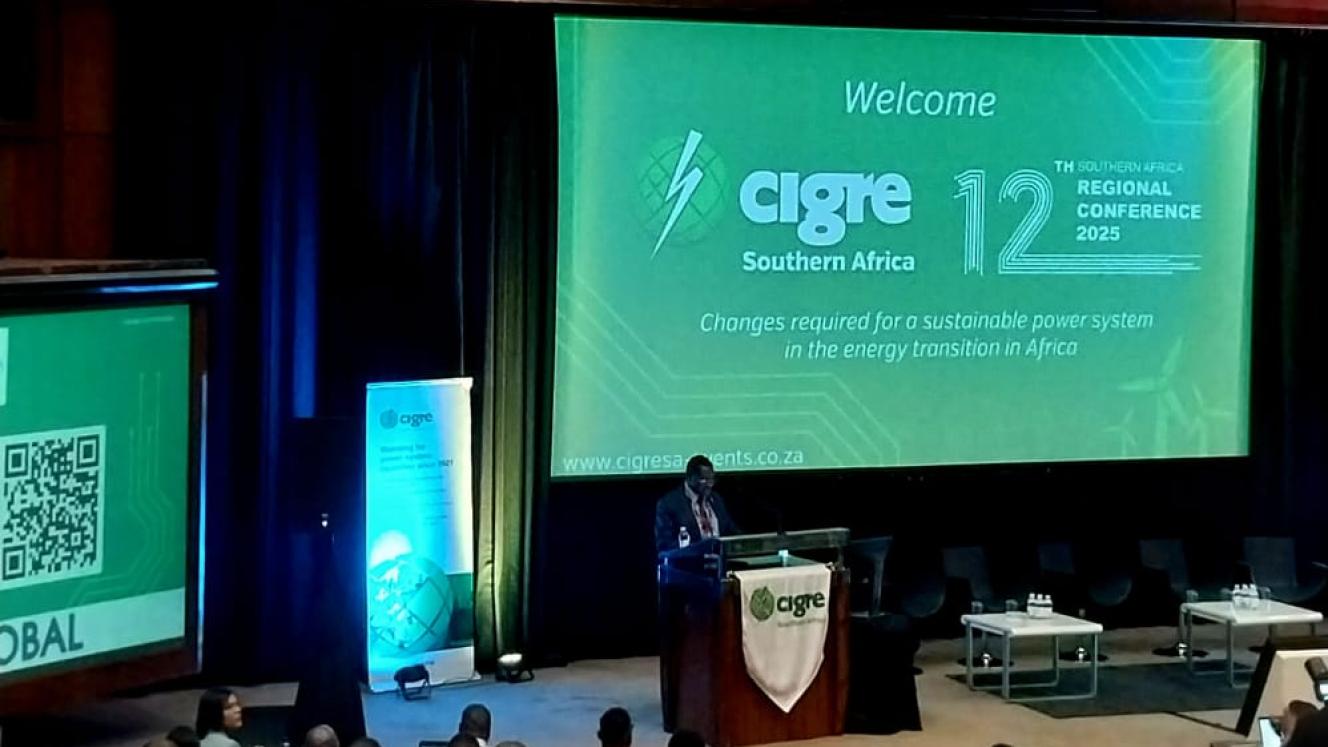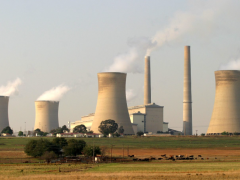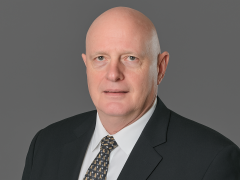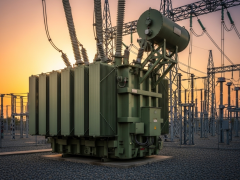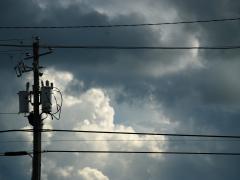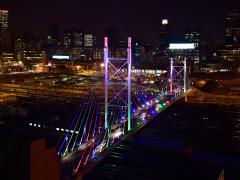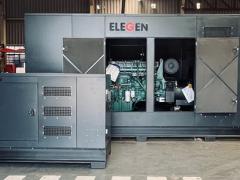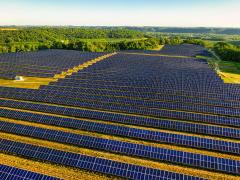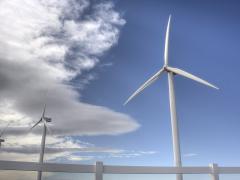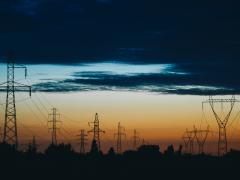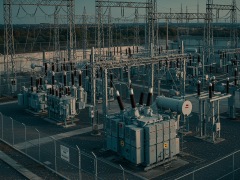The Southern African Power Pool (SAPP) is shifting from market operator to infrastructure investor as it marks 30 years of operation – advancing plans to deploy a US$20 million (about R366 million) regional transmission infrastructure financing facility aimed at accelerating cross-border grid projects and attracting private capital.
Executive Director of the SAPP Coordination Centre Stephen Dihwa told delegates at the CIGRE Southern Africa Regional Conference this week that the facility, first announced in 2024, is now moving into its deployment phase. Seeded from transmission management fees collected over the past several years, it will be used to fund new interconnector projects – a step towards overcoming transmission bottlenecks that continue to limit electricity trade despite growing market participation.
“This facility will allow recovery of investments in transmission and we believe it will help attract private-sector investment into cross-border infrastructure,” Dihwa said. “We want to see that money go into transmission projects.”
The initiative reflects a broader evolution in the SAPP’s role since its establishment in 1995 under the Southern African Development Community. Initially created to coordinate planning and operations between national utilities, the pool has transformed into Africa’s most advanced regional power market with traded volumes on its organised platforms rising from just 0,5 GWh in 2009 to more than 2 000 GWh by 2018, Dihwa said.
Today, the SAPP operates a suite of complementary markets: a day-ahead market, intra-day and forward markets and a balancing market introduced in 2022 to support real-time system operations. Work is also underway to develop dedicated renewable energy trading platforms and financial instruments to support project financing and risk management.
At the same time, efforts to expand the region’s physical grid are accelerating. “We’ll see Malawi interconnected by the end of this year, through the Malawi-Mozambique project, and Tanzania connected soon via the Zambia-Tanzania line, which is already under construction,” Dihwa said. “That interconnection will link the SAPP with the Eastern Africa Power Pool, creating a corridor that stretches from Cape Town to Cairo.”
Despite these advances, Dihwa acknowledged that transmission congestion and supply deficits continue to constrain trade with drought-related hydropower shortages in countries such as Zambia and Zimbabwe exposing the region’s vulnerabilities. It’s a challenge echoed by SAPP members with Eskom recently highlighting cross-border grid expansion as a priority for regional energy security following the 65th SAPP management committee meeting.
